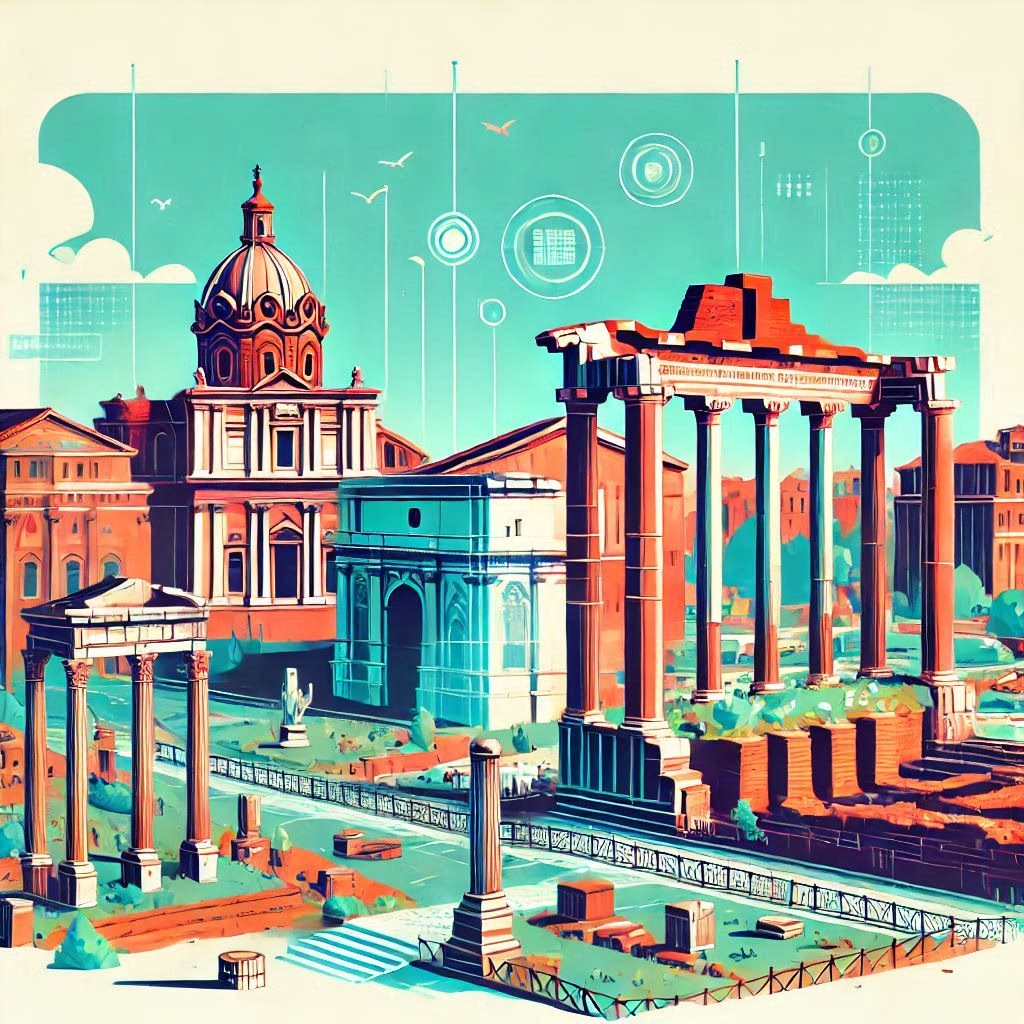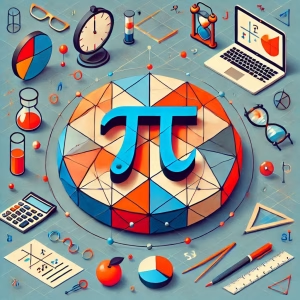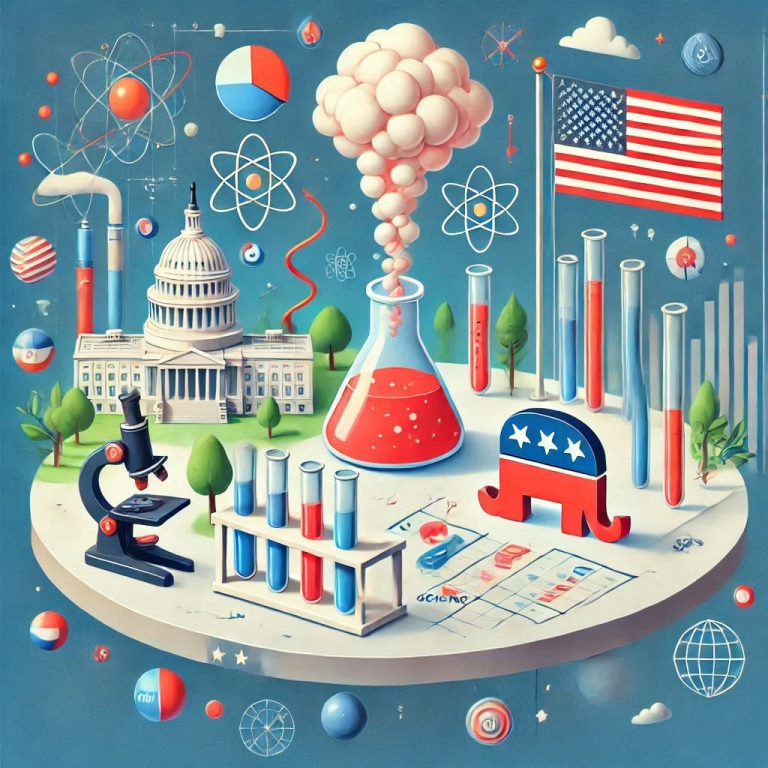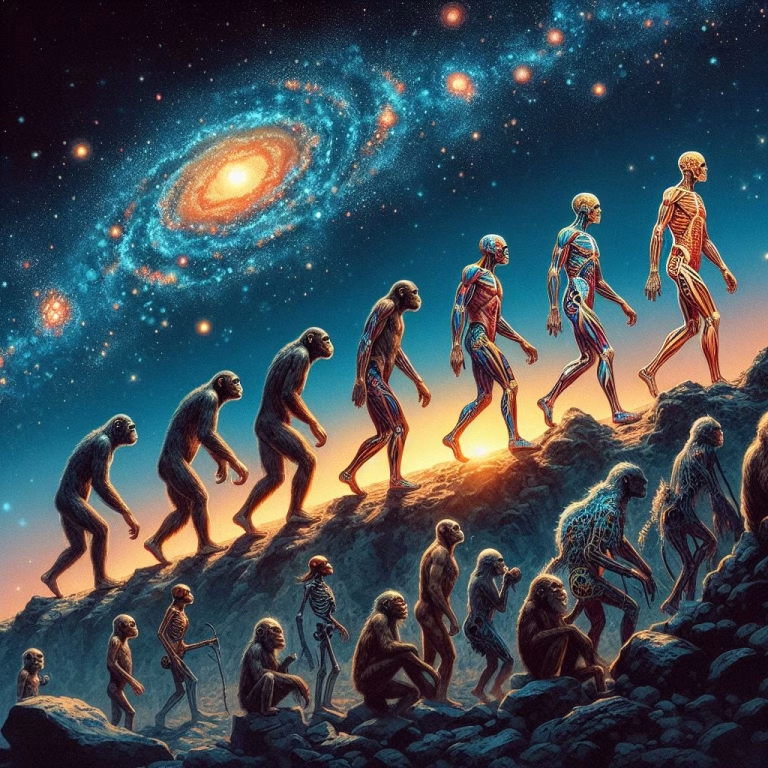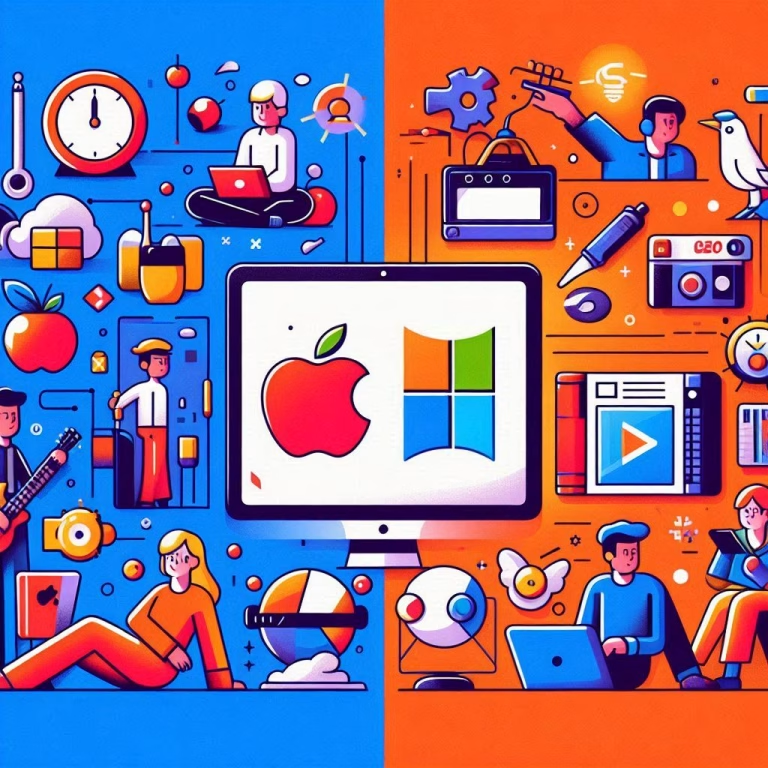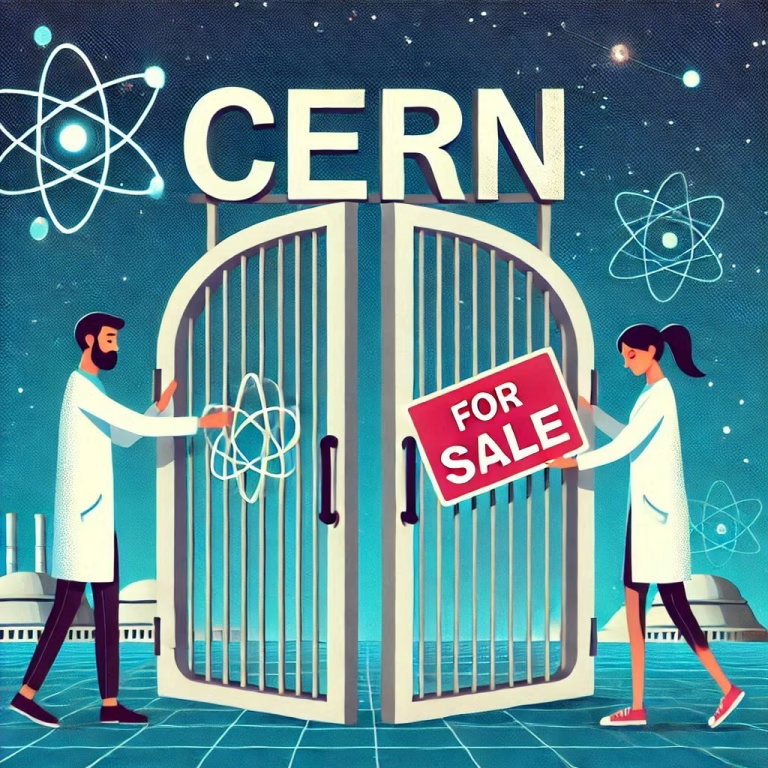Technology is changing the way we explore the world, and it is particularly exciting to think about how it can enhance visits to ancient ruins and historical sites. The idea of combining the ancient past with modern innovation is not only intriguing, but also incredibly promising. Imagine walking through a ruin and seeing it as it once was, with buildings restored to their full glory, statues returned to their original places, and people from centuries ago seemingly interacting with the environment. This is not just a dream, it is becoming a reality thanks to 3D reconstruction and holographic technologies.
Rebuilding the Roman Forum
The Roman Forum, one of the most famous archaeological sites in the world, is a perfect example of how technology can completely transform the tourist experience. Today, when you walk through the Roman Forum, you see the remains of magnificent buildings – columns, arches and scattered stones. It is beautiful, but also difficult to imagine what these structures looked like in their heyday. Many visitors struggle to connect with history because the ruins require a lot of imagination. This is where technology comes in to fill the gap.
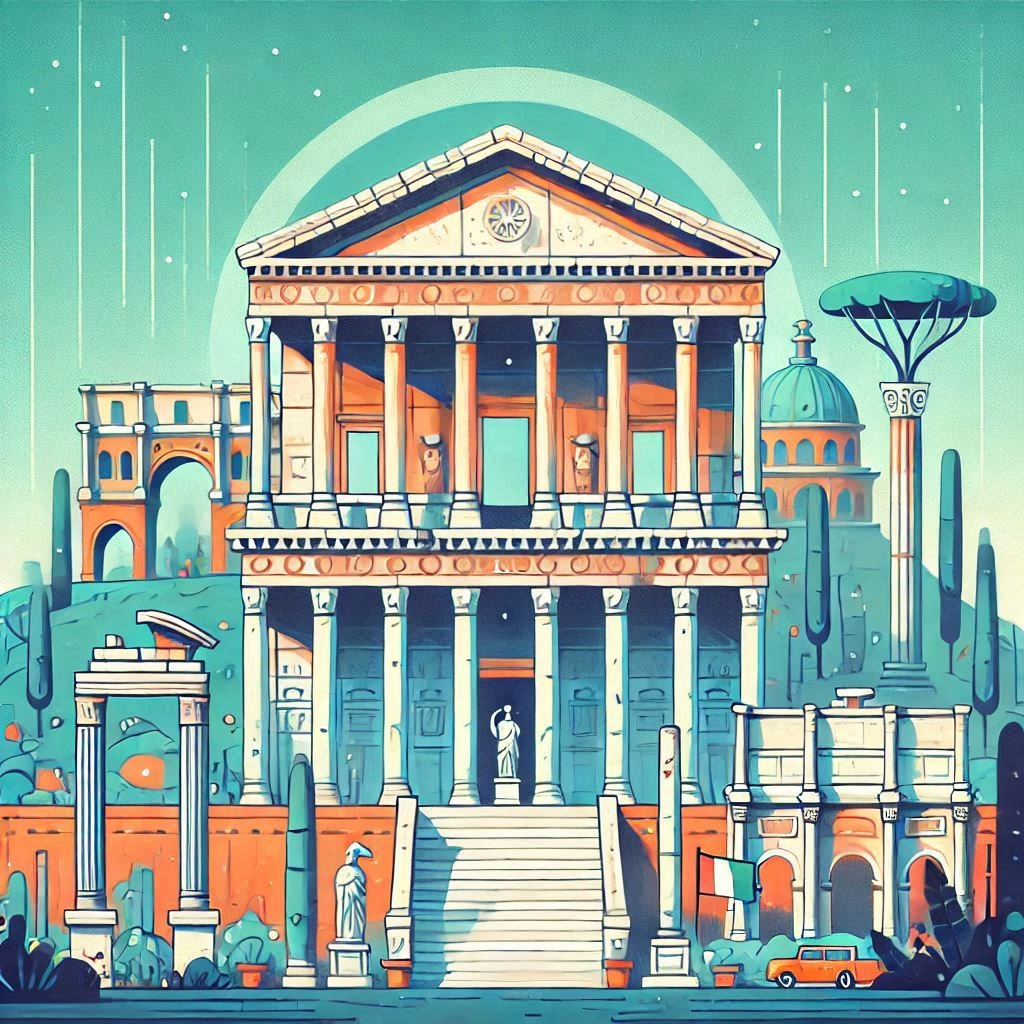
Using 3D reconstruction, developers can create digital models of the Forum as it once was. Using a smartphone or augmented reality (AR) glasses, a visitor could point their device at the ruins and see the entire building reconstructed in real time. Imagine standing in front of the Arch of Titus and seeing it rise to its full height through your phone, with detailed carvings and colours as they would have appeared two thousand years ago. The feeling of walking through a fully reconstructed ancient Rome would not only bring history to life, it would also leave a deeper impression on the visitor.
Holographic projections take this concept one step further. Instead of looking at a screen, holograms can create a three-dimensional image that appears in the physical space around you. In the Roman Forum, holograms could show ancient Romans going about their daily lives: senators debating in the Curia, merchants trading in the marketplace, or gladiators preparing for battle. This level of interactivity makes the experience immersive and unforgettable. It is not just about watching history, it is about stepping into it.
The Van Gogh Example
A similar technological approach has been very successful in other areas. The Van Gogh 3D mapping projection experience is one of the most popular examples. Visitors enter a room where Van Gogh’s paintings come to life through animated projections on the walls, floor and ceiling. The immersive visuals are paired with music and narration, turning static art into a living, breathing experience. It shows how technology can transform something static into a dynamic journey, making art and history accessible to people of all ages and backgrounds.
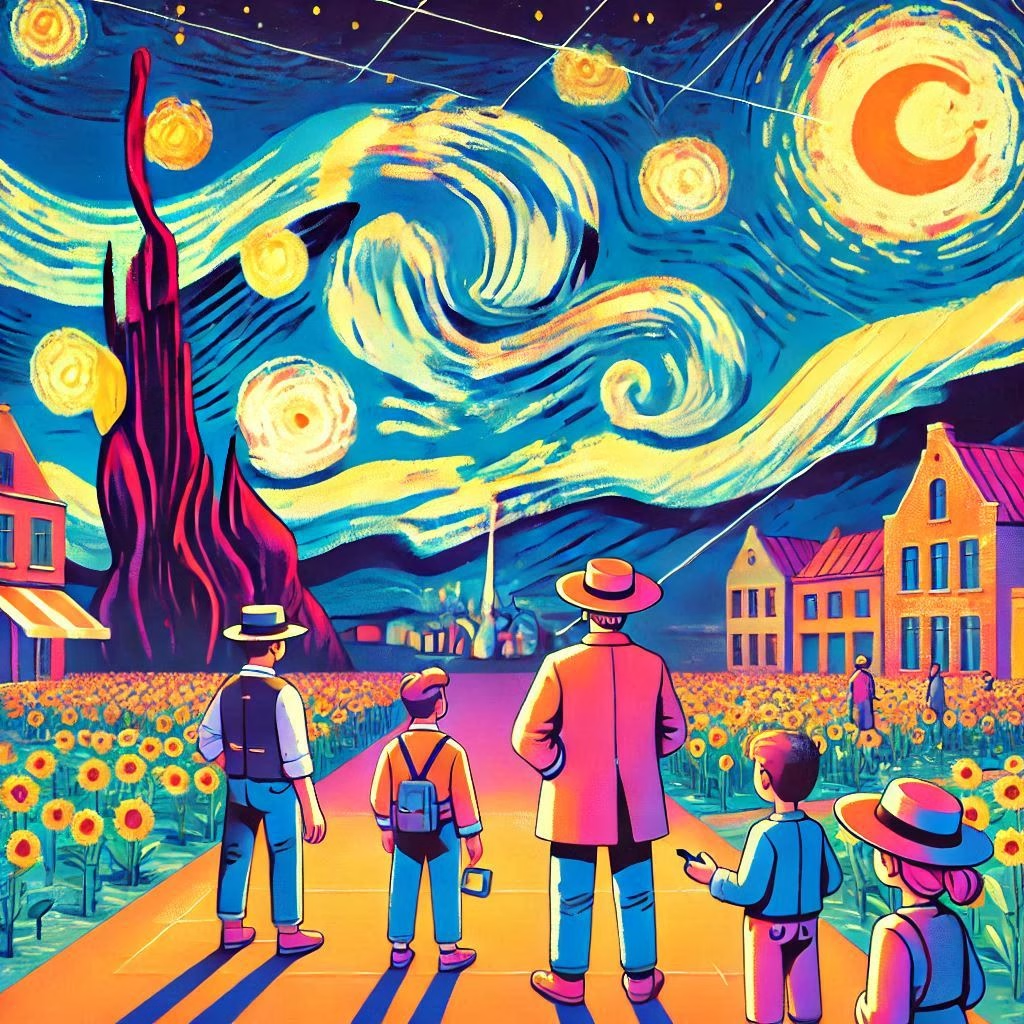
Why can’t we do the same for ancient ruins?
At historic sites, technology can help us overcome the challenges of time. Over the centuries, natural disasters, wars and neglect have destroyed much of the original beauty of these places. Even the most famous sites, such as the Parthenon in Greece or the pyramids in Egypt, are incomplete. Through virtual reality (VR) and projection mapping, we can digitally restore them and allow tourists to see them as they were in their heyday.
Haptic Technology for Ancient Ruins
Beyond the visuals, adding interactive elements can further engage visitors. Imagine a world where tourists can not only see a reconstructed Forum but also interact with it. Using haptic technology, they could touch the walls and feel the texture of ancient stone or marble. With biometric sensors, the system could adjust the tour based on the visitor’s emotions, focusing on more dramatic or relaxing parts of the site depending on their mood. These futuristic features would turn a simple visit into a multi-sensory adventure.
One of the most provocative ideas is the use of artificial intelligence (AI) to enhance the storytelling at these sites. AI-powered guides could interact with visitors, answering questions in real-time and adapting the experience based on individual interests. For instance, at the Roman Forum, an AI guide could provide a deep dive into the life of Julius Caesar for one visitor while focusing on the architecture of the Basilica Julia for another. This level of personalization makes every visit unique.
Some may argue that adding technology to ancient ruins could diminish their authenticity. However, if used carefully, it can actually preserve the authenticity by reducing the need for physical reconstructions, which sometimes risk damaging the original structures. With digital reconstructions, we can keep the ruins intact while offering a complete experience to visitors. Moreover, the use of smart devices or glasses ensures that the technology remains unobtrusive and does not alter the physical landscape.
Conclusion
In conclusion, technology offers a powerful tool to bring the past to life and make ancient ruins more engaging for modern tourists. The potential is enormous, from 3D reconstructions and holograms to AI guides and haptic feedback. The Roman Forum and other historical sites are not just relics of the past; they are gateways to stories that still resonate today. By using technology, we can ensure that these stories are not only preserved but also experienced in ways that were once unimaginable. Like the Van Gogh projection experience, we can transform history into something dynamic, emotional, and accessible to everyone. This is not just a way to look back at history; it is a way to step into it and live it. The future of tourism is not only about traveling to places but also about traveling through time.

